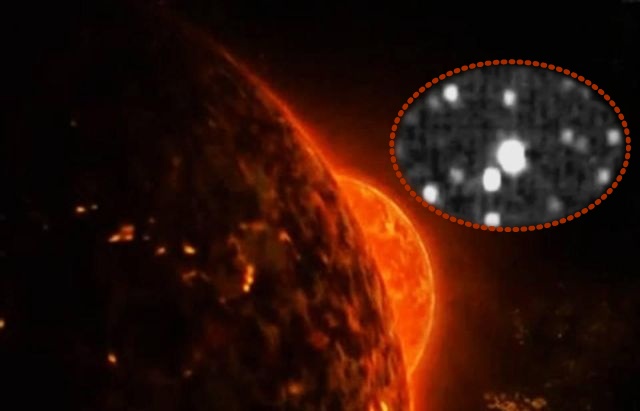| Online: | |
| Visits: | |
| Stories: |

| Story Views | |
| Now: | |
| Last Hour: | |
| Last 24 Hours: | |
| Total: | |
NASA’s New Horizons Spots Mystery Rogue Planet Beyond Pluto (Video)
Similarities in the 12 objects’ paths around the sun strongly suggest that all 12 are under the spell of a hulking, far-distant planet, Sheppard says.
This planet, if it exists, is up to 10 times as massive as Earth and 200 to 1,000 times as far from the sun. It’s so big that it has forced the smaller bodies, which like to keep away from large ones, into unexpected paths.
This super-Earth may have begun its life in the central solar system before becoming a “rogue planet,” ejected from its birthplace to exile in the outermost solar system. It may have pulled Sedna and 2012 VP113 along with it from their homes closer to the sun.
From the amount of sky area searched, Trujillo and Sheppard determine that about 900 objects with orbits like Sedna and 2012 VP113 are out there with sizes larger than 1000 km and that the total population of the inner Oort cloud is likely bigger than the Kuiper Belt and main asteroid belt.
Some of these inner Oort cloud objects could rival the size of Mars or Earth. This is because most of the inner Oort cloud objects are so distant that even very large ones would be too faint to detect with current technology”, says Sheppard.
And recently, Nasa’s New Horizon’s probe also captured another mysterious object, a 90-mile (150-kilometer)-wide ancient body, officially called 1994 JR1 passing through the Kuiper Belt 3.3 billion miles from the sun. See first video. The spacecraft is on course for a close flyby of another Kuiper Belt object, 2014 MU69, on Jan. 1, 2019.
Thanks http://ufosightingshotspot.blogspot.com/
Check out more contributions by Jeffery Pritchett ranging from UFO to Bigfoot to Paranormal to Prophecy




